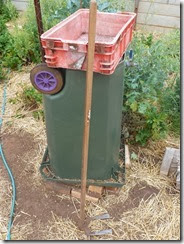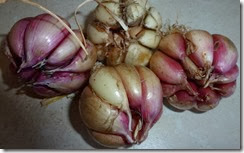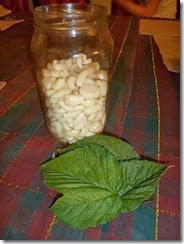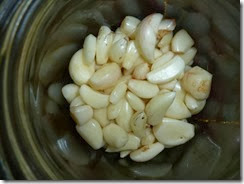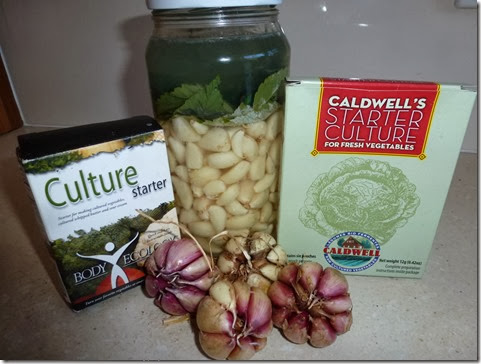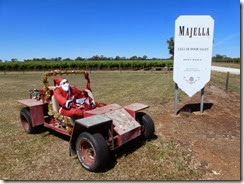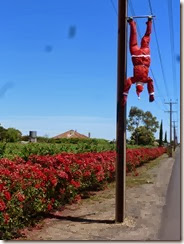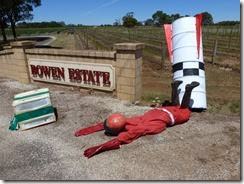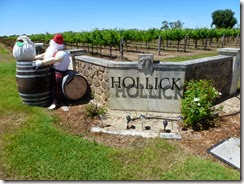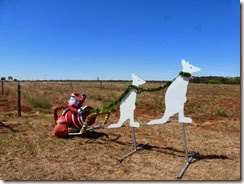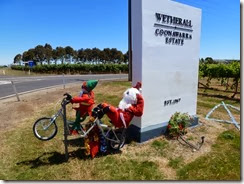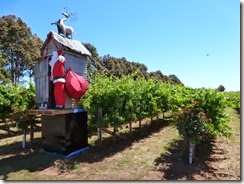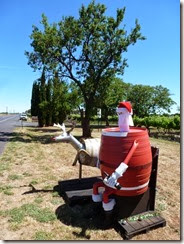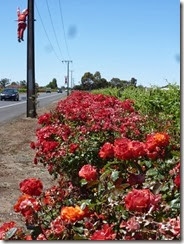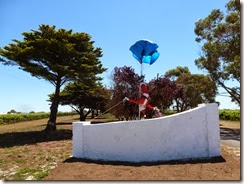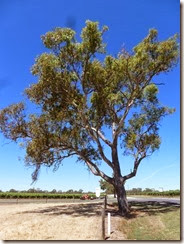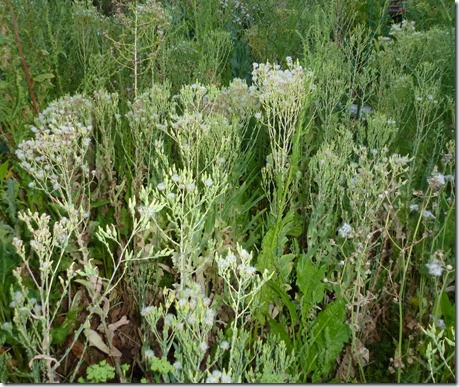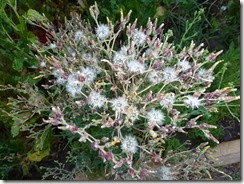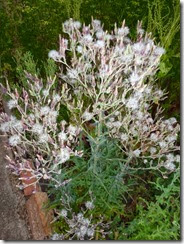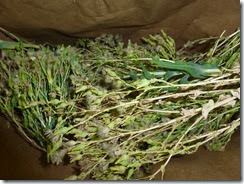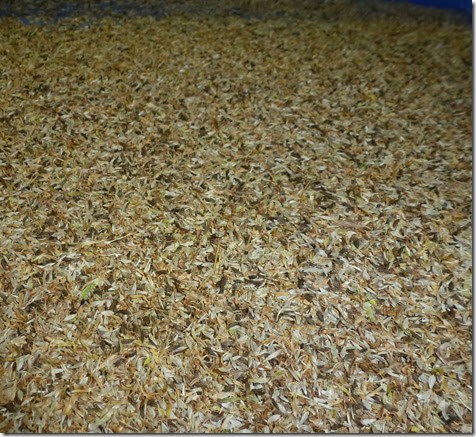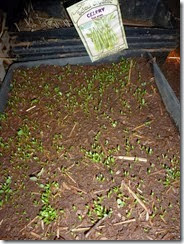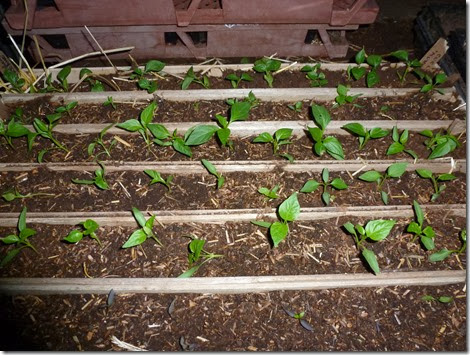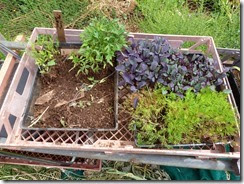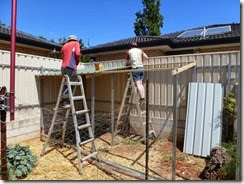 In this garden, the chickens (or, in colloquial Australian - ‘the chooks’) do more gardening than the gardener, all in exchange for a meagre daily handful of grains and greens. Their scratching and grazing and insect-hunting keeps down pests and weeds while turning over the topsoil, fertilizing it and breaking down old mulch.
In this garden, the chickens (or, in colloquial Australian - ‘the chooks’) do more gardening than the gardener, all in exchange for a meagre daily handful of grains and greens. Their scratching and grazing and insect-hunting keeps down pests and weeds while turning over the topsoil, fertilizing it and breaking down old mulch.
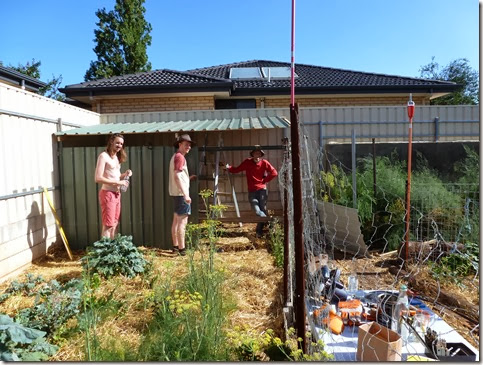 Chooks are a long-term investment in soil fertility and health and their fresh eggs provide much of the direct protein available to cook and gardener from the garden. Our four hens patrol our pathways and work over fallow beds every day of the year, and these free-ranging activities keep them in top-notch health, extending their egg-laying lifetime to at least five years. At a cost of $15 per bird when purchased at ‘point-of-lay’ around 16 weeks of age, they are a friendly and productive - even essential - presence in the garden.
Chooks are a long-term investment in soil fertility and health and their fresh eggs provide much of the direct protein available to cook and gardener from the garden. Our four hens patrol our pathways and work over fallow beds every day of the year, and these free-ranging activities keep them in top-notch health, extending their egg-laying lifetime to at least five years. At a cost of $15 per bird when purchased at ‘point-of-lay’ around 16 weeks of age, they are a friendly and productive - even essential - presence in the garden.
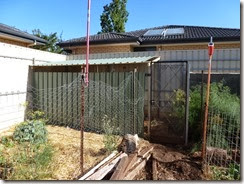 It’s high summer down-under, and our three sons are home for Christmas, so it’s time to build the new chicken shed - a project long-delayed while Spring planting ran on into summer. The old chicken shed is needed for storage purposes and the old chicken yard is needed as an outdoor entertainment area under the shade of the lemon tree, so a new chicken shed needs to be built down in the production garden.
It’s high summer down-under, and our three sons are home for Christmas, so it’s time to build the new chicken shed - a project long-delayed while Spring planting ran on into summer. The old chicken shed is needed for storage purposes and the old chicken yard is needed as an outdoor entertainment area under the shade of the lemon tree, so a new chicken shed needs to be built down in the production garden.
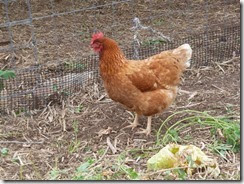 This shed will be need to serve for another twenty years so we do the job properly, cementing in posts, providing ventilation and secure shelter against urban foxes, easy access, food storage bins under cover and egg laying box, perches, and drinking fountain. The sturdy steel door was once the back-door of the house, way back when we purchased it some decades ago.
This shed will be need to serve for another twenty years so we do the job properly, cementing in posts, providing ventilation and secure shelter against urban foxes, easy access, food storage bins under cover and egg laying box, perches, and drinking fountain. The sturdy steel door was once the back-door of the house, way back when we purchased it some decades ago.
The daily care of the chooks falls to the cook, as she is as caring of their nutritional needs as she is for her human family. Luckily for all the family males, there are plenty of left-overs from Christmas lunch, as chicken shed construction is hungry and thirsty business.

